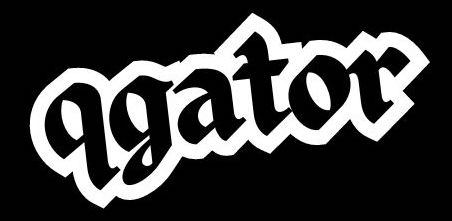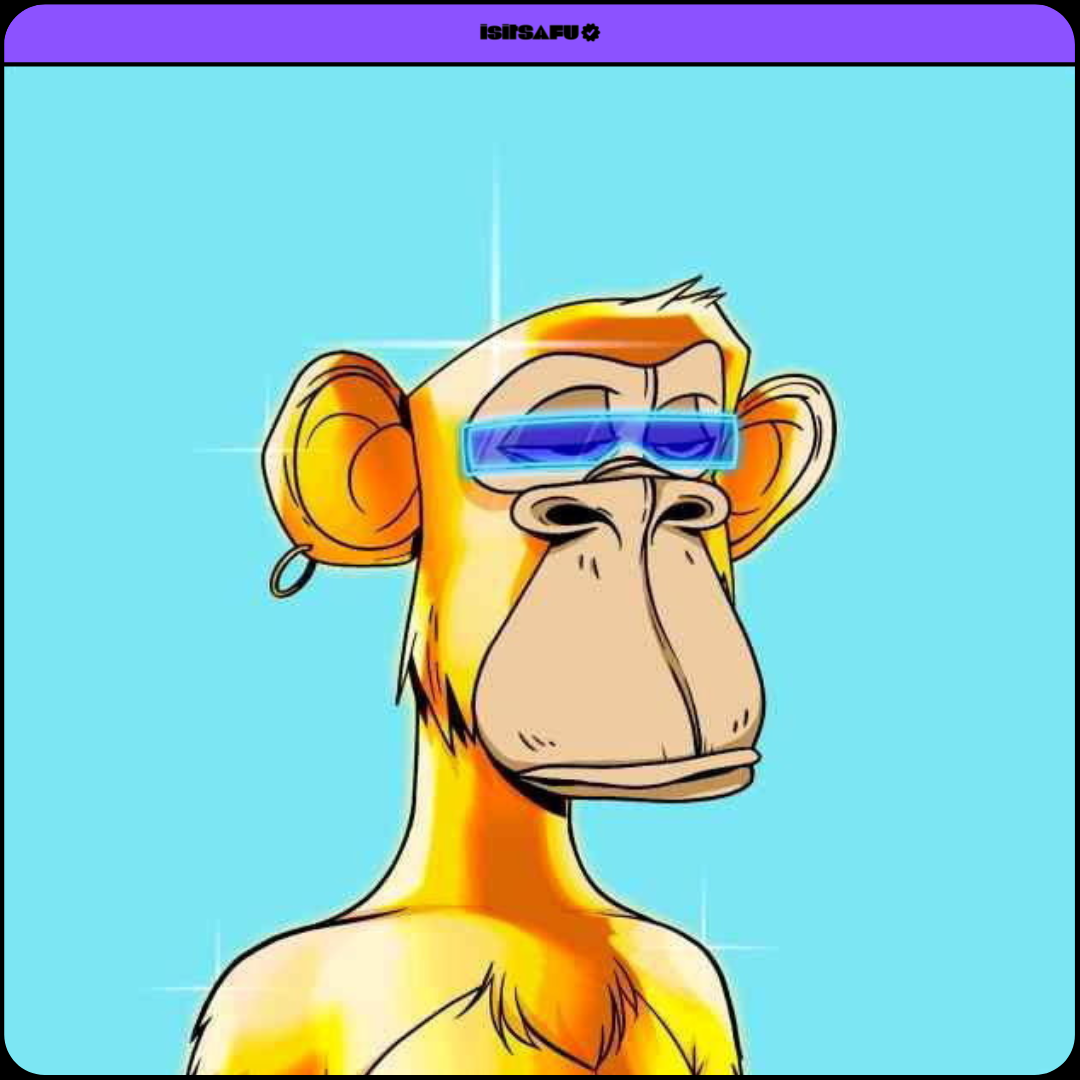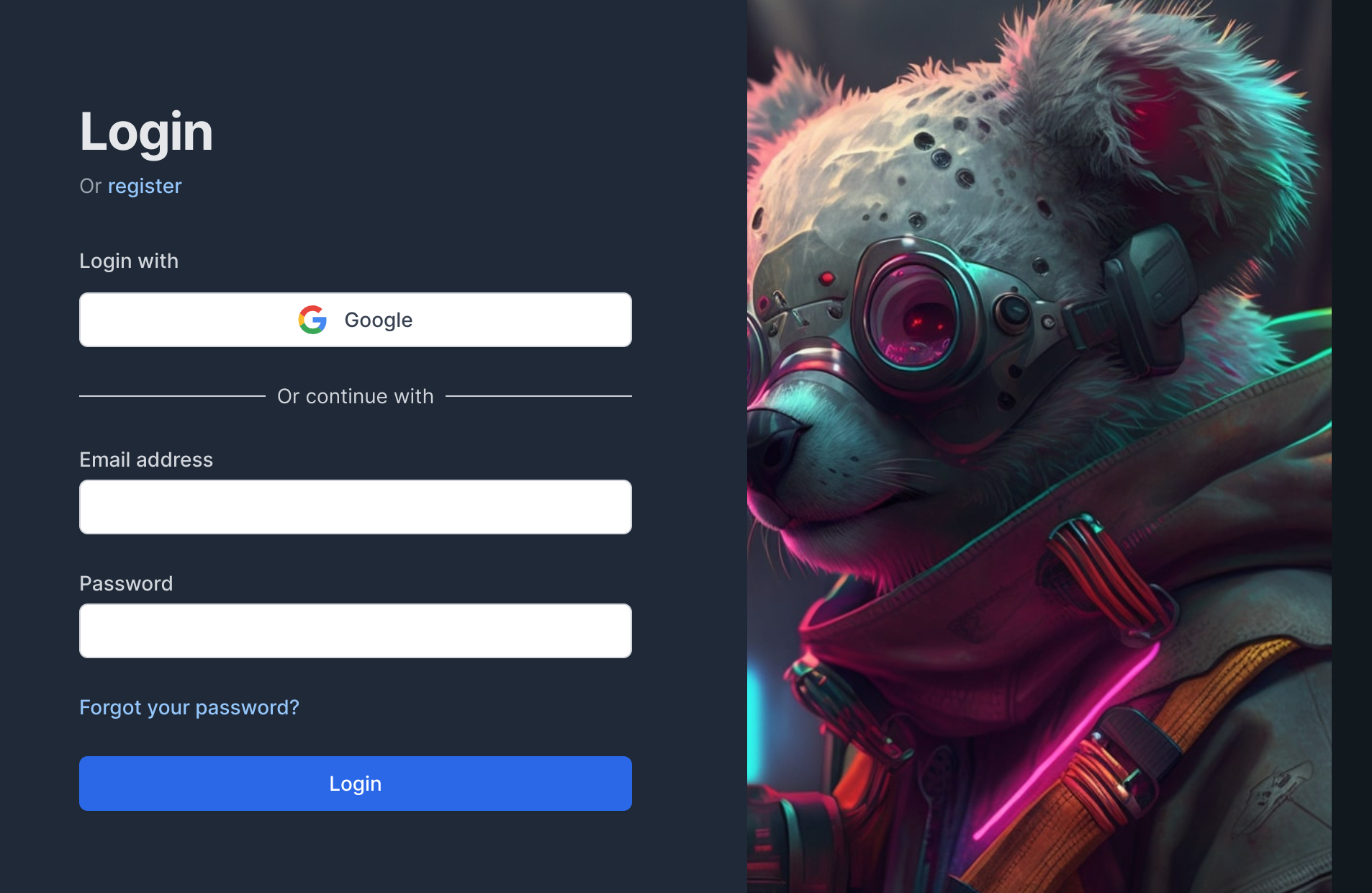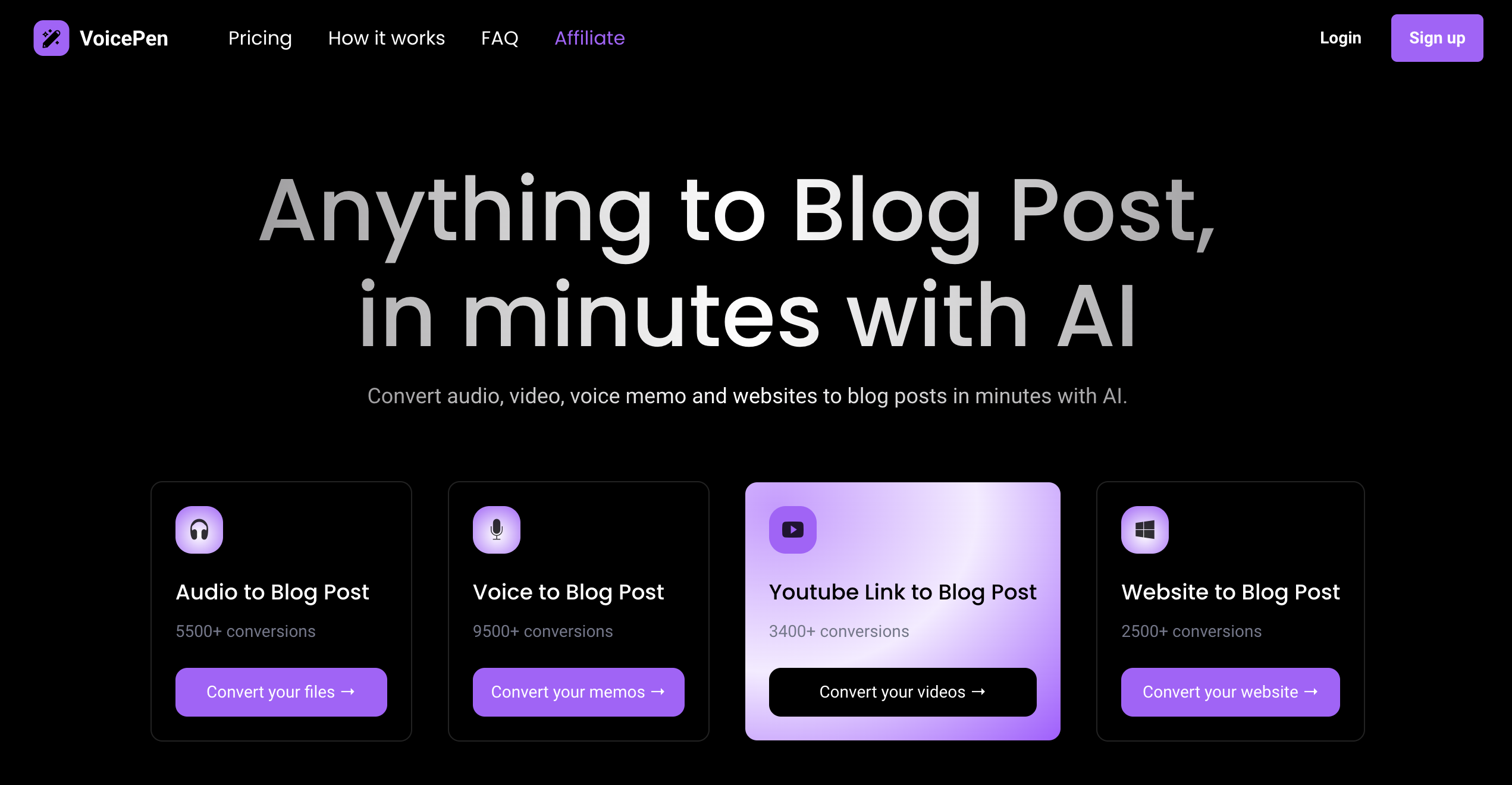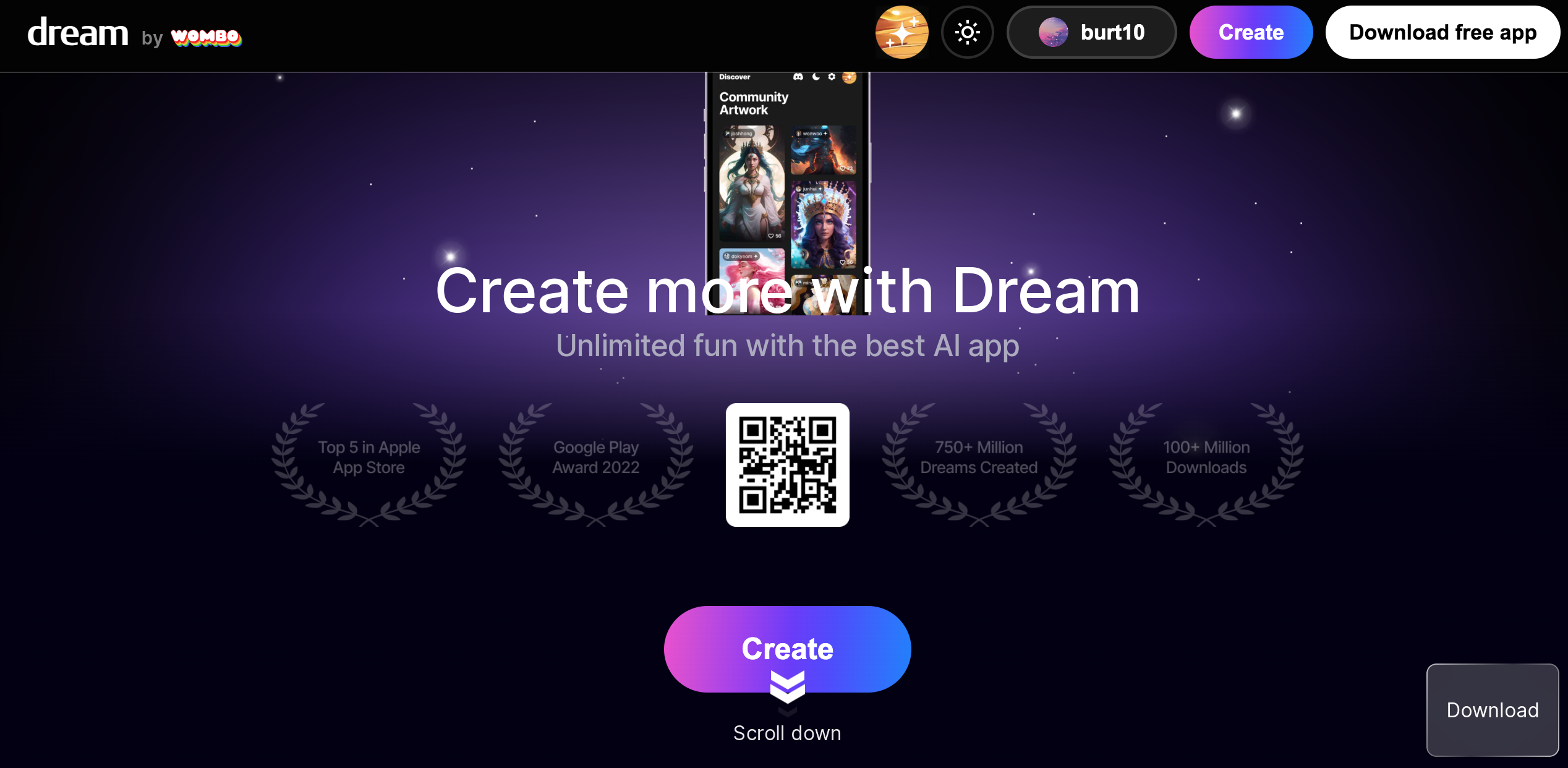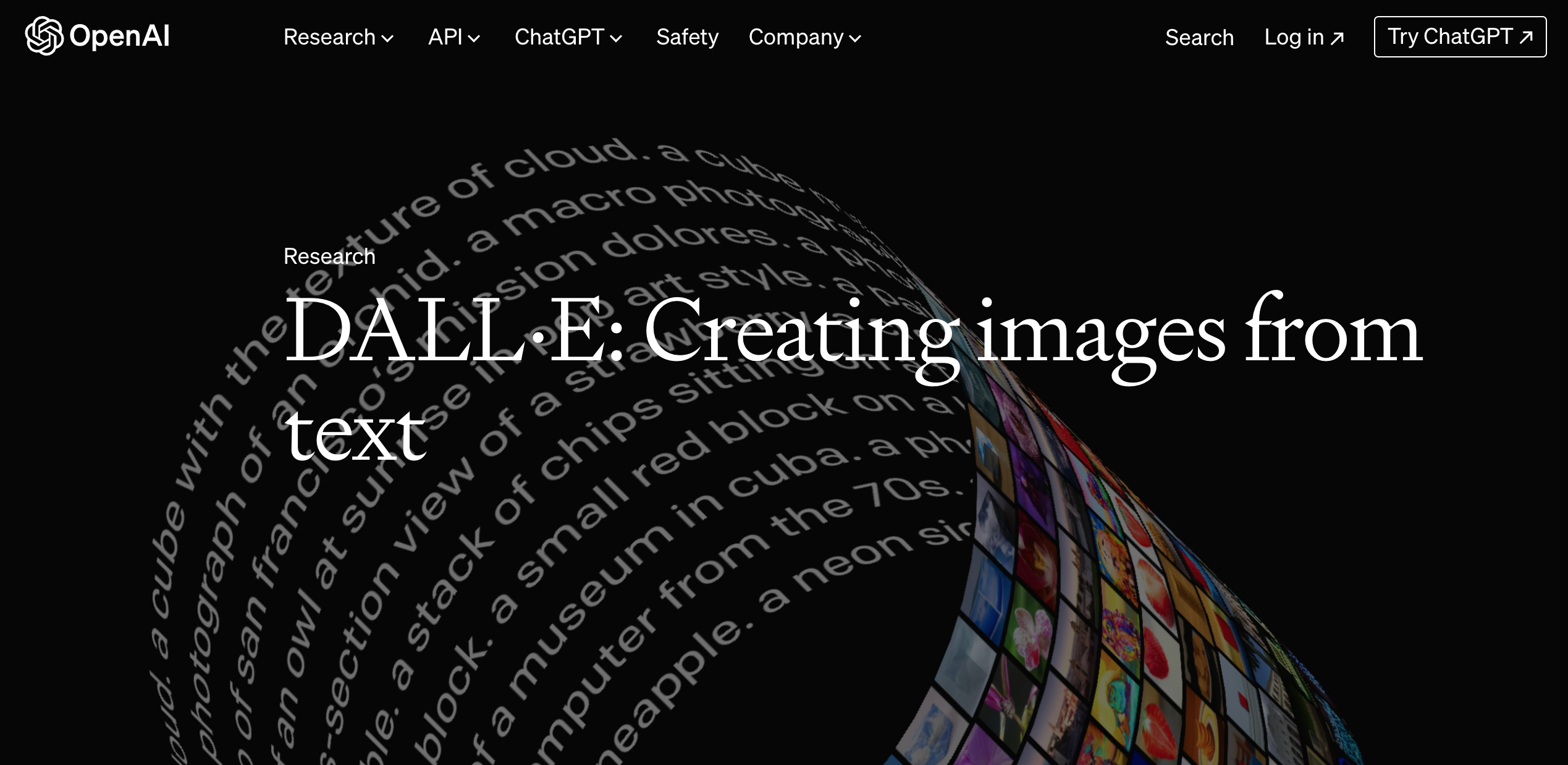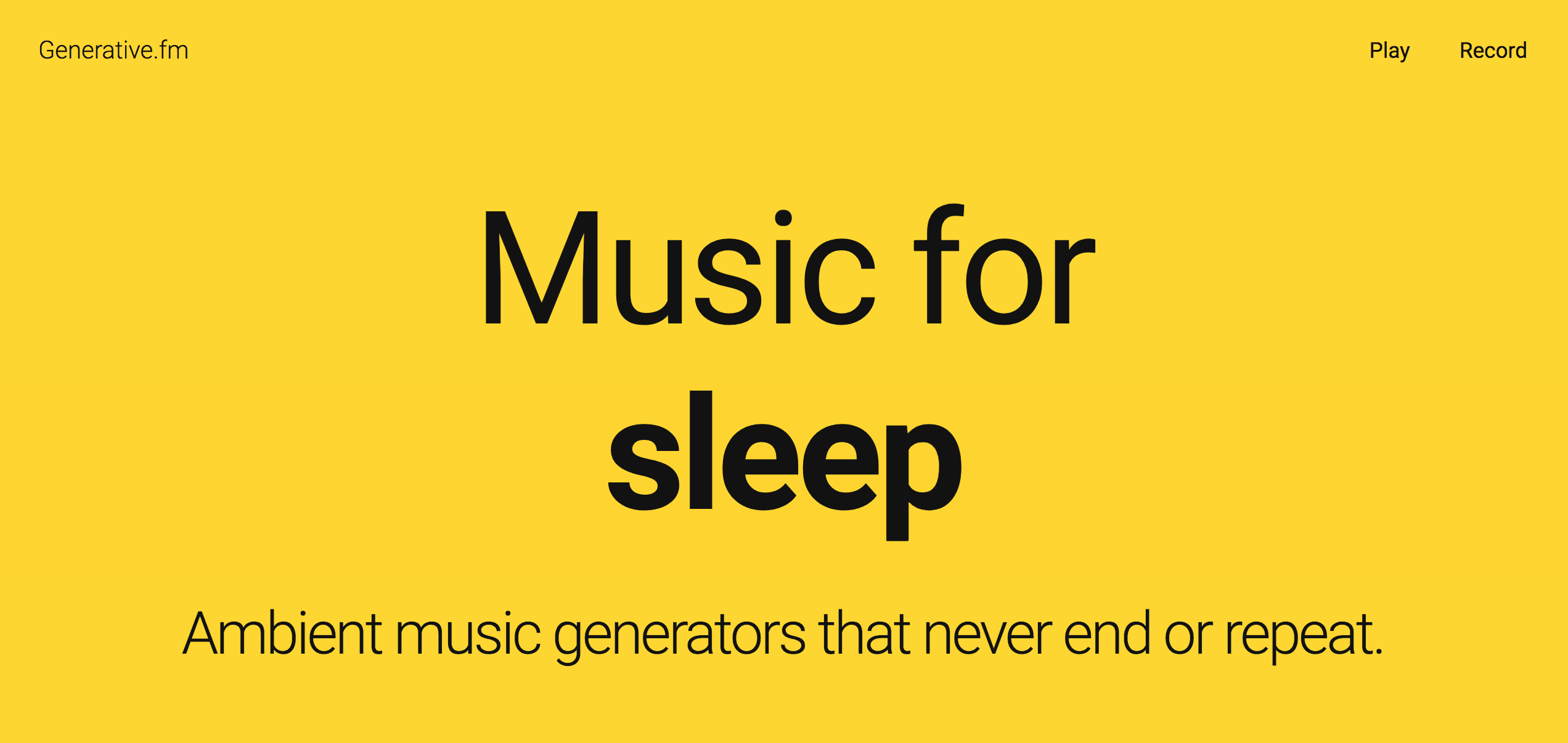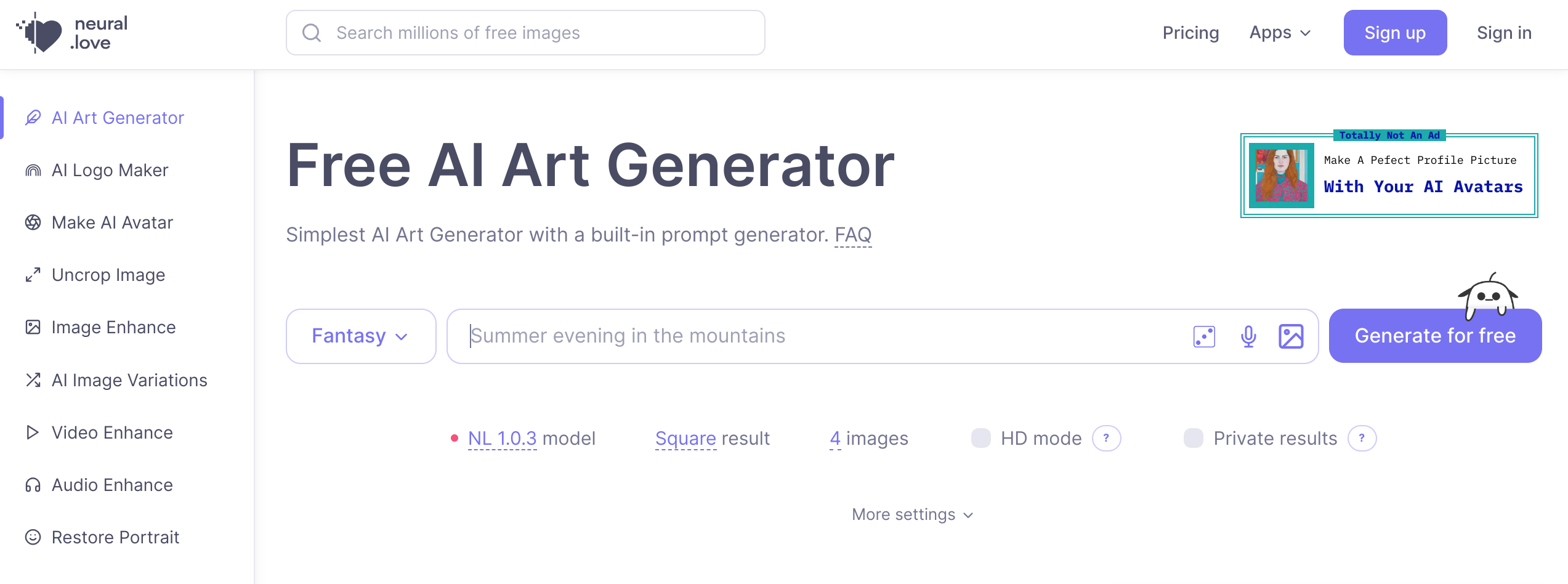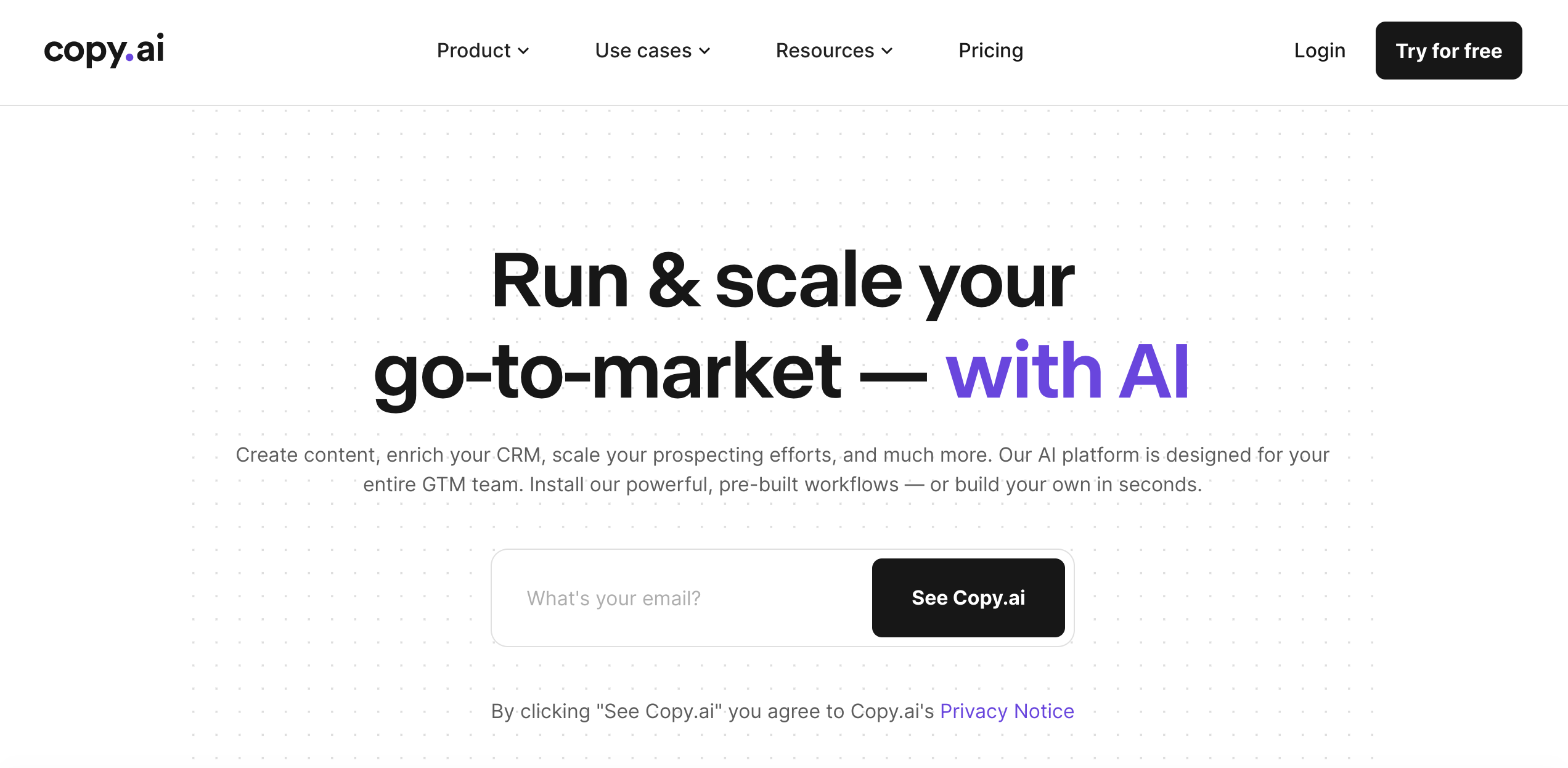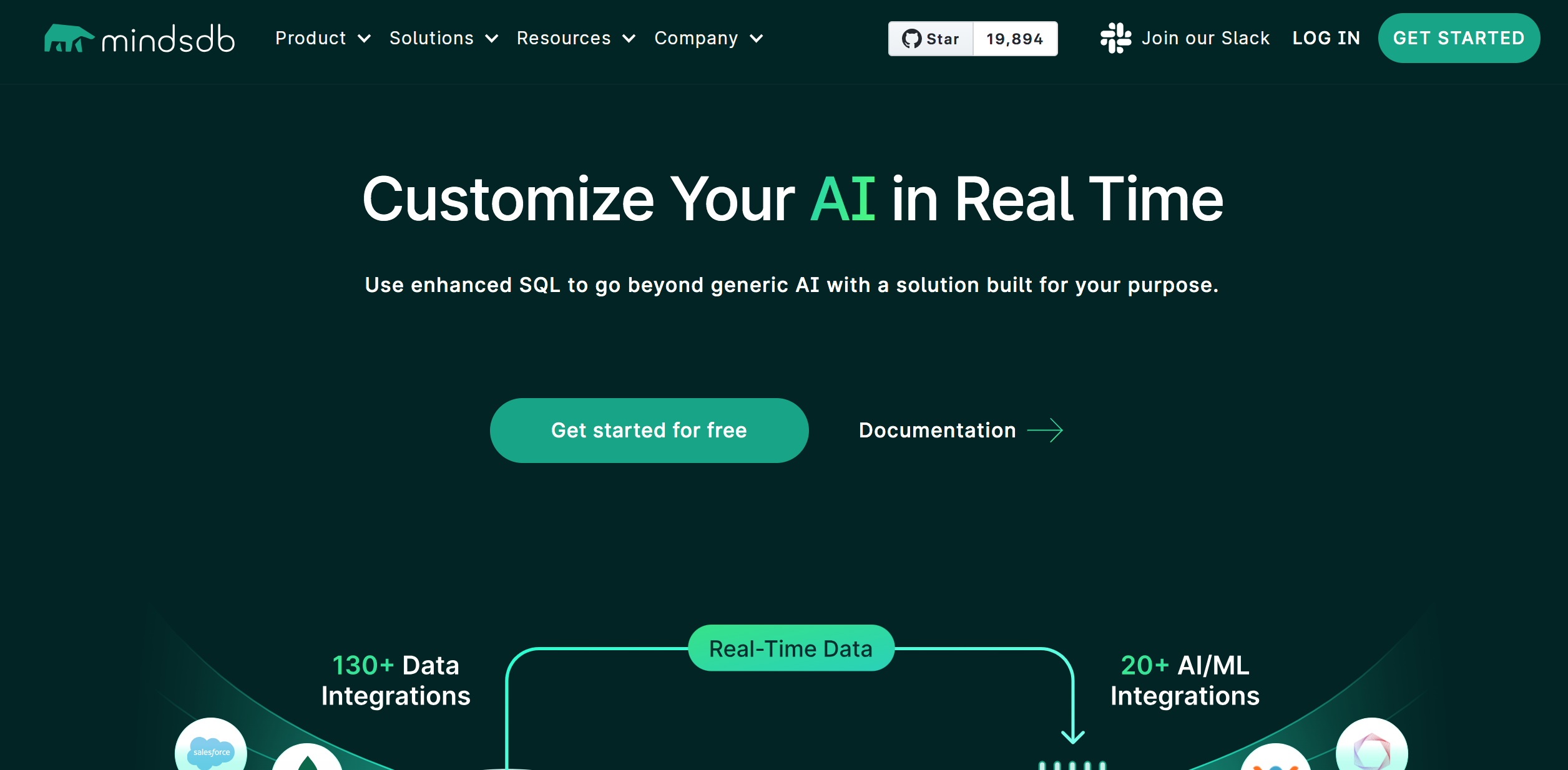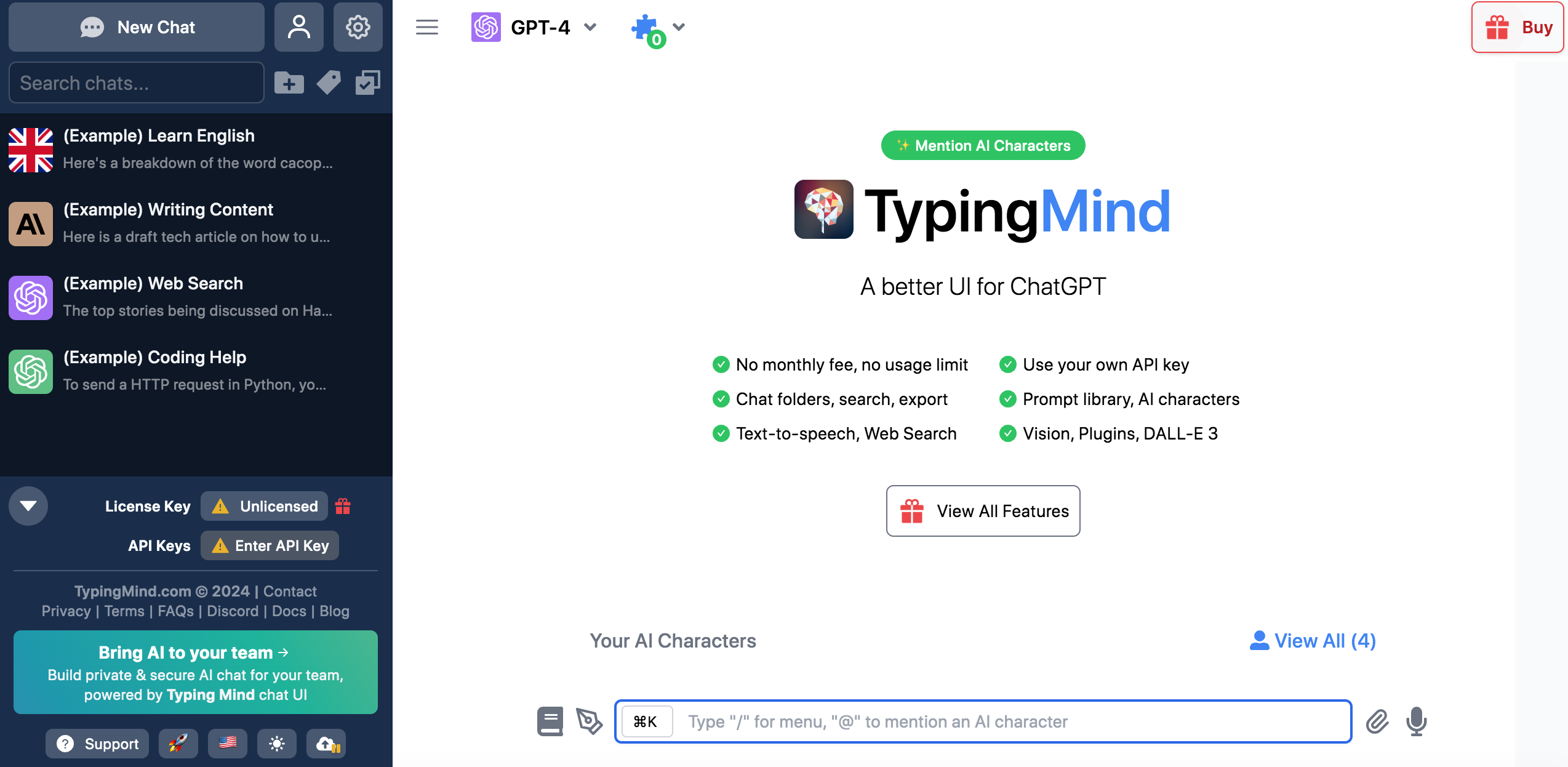I. Introduction
Web3 is a term that has been gaining popularity in recent years, especially with the rise of cryptocurrencies and blockchain technology. In this article, we will explore the history and evolution of Web3, from its early beginnings to its current state and potential future.
II. What is Web3?
Web3 is the next iteration of the internet, where blockchain technology and decentralized systems are used to create a more secure and transparent online experience. Web3 allows for peer-to-peer transactions and eliminates the need for middlemen, such as banks or other financial institutions.
III. The History of Web3
The idea of Web3 dates back to the early days of the internet, with the development of peer-to-peer networks and file sharing protocols like BitTorrent. The first significant step towards Web3 was the development of Bitcoin in 2009, which introduced the concept of a decentralized digital currency.
In 2013, the first decentralized autonomous organization (DAO), BitShares, was launched. The DAO allowed for decentralized decision-making and was powered by its own digital token, BitShares (BTS).
The Ethereum network was launched in 2015, which introduced the concept of smart contracts. Smart contracts are self-executing agreements with the terms of the agreement written into code. This allows for decentralized applications (dApps) to be built on top of the Ethereum network.
IV. The Evolution of Web3
Since the launch of Ethereum, there has been a rapid development of Web3 technologies. The use of blockchain technology has expanded beyond cryptocurrencies and is now being used for a wide range of applications, including supply chain management, digital identity verification, and even voting systems.
The development of Web3 technologies has also led to the creation of new types of digital assets, such as non-fungible tokens (NFTs). NFTs are unique digital assets that can represent ownership of a specific item or piece of content.
V. Web3 Today
Today, Web3 is a rapidly evolving landscape with a wide range of applications and use cases. Web3 technologies are being used to create decentralized finance (DeFi) platforms, where users can borrow, lend, and trade cryptocurrencies without the need for traditional financial institutions.
Web3 technologies are also being used to create decentralized marketplaces for digital assets, where users can buy and sell NFTs, as well as other digital assets.
VI. Future of Web3
The potential of Web3 is vast, and it is difficult to predict what the future will hold. However, there are a few trends that are likely to continue in the coming years.
One trend is the increasing use of Web3 technologies in traditional industries. For example, supply chain management systems could use blockchain technology to provide greater transparency and traceability of goods.
Another trend is the increasing use of Web3 technologies for social impact. Blockchain-based systems can be used to provide digital identity verification for refugees, as well as for voting systems that are more secure and transparent.
VII. Conclusion
Web3 is a rapidly evolving landscape, with a wide range of applications and use cases. The history of Web3 dates back to the early days of the internet, with the development of peer-to-peer networks and decentralized decision-making systems.
The evolution of Web3 has led to the development of new types of digital assets, such as NFTs, as well as new applications for blockchain technology, such as DeFi and decentralized marketplaces.
The future of Web3 is full of potential, with increasing use in traditional industries and for social impact. As Web3 technologies continue to evolve and become more widely adopted, we can expect to see even more exciting developments and use cases emerge.
It is important to note that Web3 is still in its early stages, and there are still many challenges that need to be addressed, such as scalability and interoperability. However, with the continued development of Web3 technologies and the growing interest and investment in the space, we can expect to see significant progress in the coming years.
In conclusion, Web3 represents a significant evolution of the internet, with the potential to create a more secure, transparent, and decentralized online experience. The history and evolution of Web3 highlight the rapid pace of development and the exciting possibilities that lie ahead. As Web3 continues to evolve, it will be interesting to see how it transforms the way we interact with the online world and the impact it has on society as a whole.
